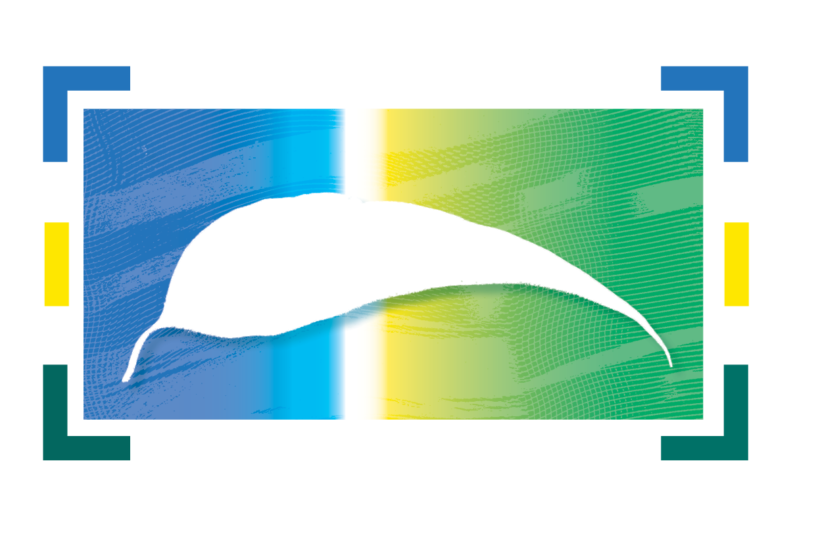- Home
-
Our Work
- People for Nature
- Giant Light Steps
- Environmental Education
- Conserving the Margaret River
- Coordinated Weed Control
- - Arum lily Blitz
- Managing Bushland for Wildlife
- Threatened Species Protection
- - Western Ringtail Possums
- - Black Cockatoos
- - Margaret River Hairy Marron
- - SW Masked Owls
- Caring for Coast
- About
- News & Events
- Resources
-
Get Involved
- Stay Informed
- Ways You Can Help
- Become A Nature Conservation Volunteer
- Become A Citizen Scientist
- Join A Community Or Friends Group
- For Nature Landowner Stewardship Program
- - For Nature: Find Inspiration
- - For Nature: Gain Knowledge
- - For Nature: Make Connections
- Learn About The Environment
- Report What You See
- Join & Donate
- Contact

Recording species
Writing down the plants and animals seen in an area is useful to identify what is there now. The record could be a single chance sighting of a rare species or a more comprehensive list of species found. Compiling a list means there is a baseline of data against which we can compare future changes. To help protect threatened flora and fauna we need to learn about their needs, behaviour, abundance and location where they occur. Do not hesitate to write down what you know and observe, and to share it with people who have been given the task of answering some of these questions.
To report what is seen, we must first record it in some way.

